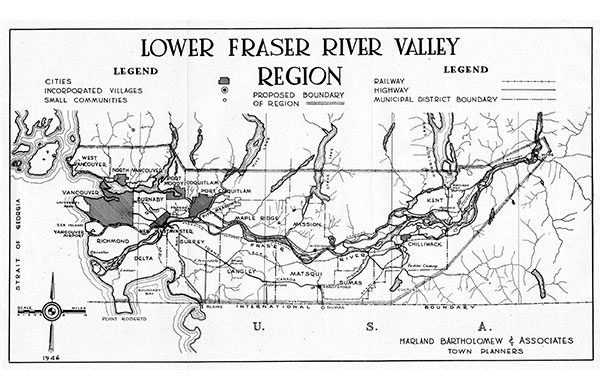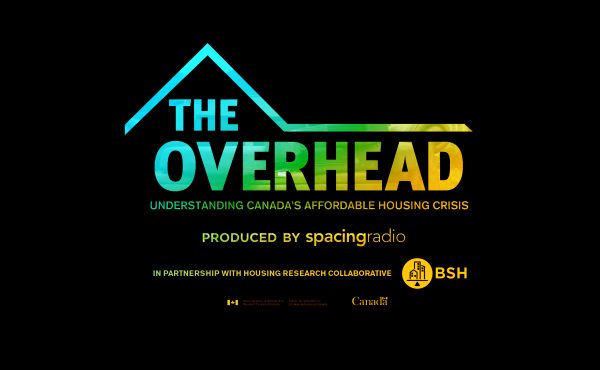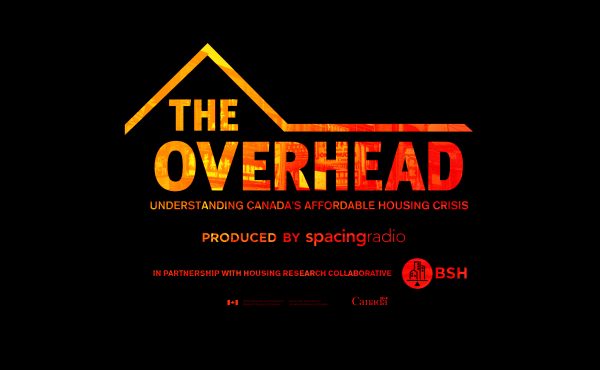
Time and the City: A Living City-wide Plan
We’ve come a long way in addressing the many challenges associated with city-wide planning, but the issue of time deserves further elaboration. When I discussed how designers develop alternatives, I mentioned that city planning and design grew out of architecture traditions and practices. This was not only in terms of method but almost every aspect, from representation (such as using architectural drawing conventions) to conceptions of time.
So, as with architecture-scale works, city plans are often conceived of as having fixed time frames. This includes their goals and objectives. Where even the largest current architectural project has a completion date well within one’s lifetime, cities have no distinct ‘end’ and are changing constantly. This is much different than in the past when building was a much slower process and large buildings, like cathedrals, took centuries to construct—with cities transforming in an equally gradual way. Current cities are altogether different, transforming at seemingly breakneck speeds. More than ever before, cities are processes—collections of constantly interacting events that have different durations and not collections of static things (buildings, roads, etc.).
Unfortunately, the habit of thinking and treating city plans as having a ‘final state’ remains. Even designers who are well aware of the fact that cities are continually changing, use static forms of representation to represent their ideas, despite the fact that current digital representation technologies make it easier than ever before to show changes over time. Our ways of thinking about cities simply haven’t caught up to our technical abilities and current understanding. In the future, this may be an important aspect that causes a distinct divergence between architecture and urban planning practitioners.
How can our new technological abilities and understanding of time and cities affect the current city-wide planning process? This is a difficult question to answer since I personally have yet to see a city-wide plan that truly looks at city-planning as a very long-term process. The City of North Vancouver’s 100-Year Sustainability Plan is arguably one of the most ambitious, rare and forward-thinking documents of the recent past insofar that it looks a century ahead. But even there, the document is a finite product with goals and objectives that are time-dependent. It’s also laden with many contemporary assumptions about what the future may hold (technologies we may use to move around the city, economic conditions, etc.) without any built-in ways to change the plan itself.
With an explicit 100-year time-frame, the Plan assumes that we might revisit the content in a century (or between that time) and modify it accordingly. In reality, at the rate of change of the contemporary world, the document—and the many of the ideas behind it—will be obsolete well before this time.
Arguably, a city-wide plan that more accurately reflects the true nature of the contemporary city will be dynamic and living, over and above seeking to be comprehensive. That is, it will have a way of creating, evaluating and modifying goals and alternatives that are continually changing. Within this context, it makes sense that the longer the timeframe—the more unknowns there are—the more schematic and diagrammatic the objectives and options will be.
Presumably, the near future would see this ‘dynamic’ city-wide plan live in the digital realm: allowing the easy, quick and constant modifications that characterize digital media. This would also allow the wider community (from citizens to professionals) to access, and contribute to, the plan on an on-going basis. Equally important, a ‘living’ digital city-wide plan would be able to integrate the wider range of media and representations necessary to communicate a changing city—from standard drawings and photographs to animations or other audio-visual media.
The above may not seem revolutionary—maybe even outright conservative—but one can appreciate just how different it is from current city-wide plans, with their timelines based on political schedules, ‘fixed’ goals and static, printed deliverables often used to legitimize that something was done (“it’s printed, therefore we did something!”).
Planning the current city is well beyond this outdated model and I would challenge municipalities currently thinking about creating a city-wide plan—or in the process of doing so—to courageously set past precedents aside and instead think deeply about the creation of a living city-wide plan. This might involve simply setting up the conceptual framework and/or physical infrastructure to able to accommodate a dynamic document and dare I say, leaving the rest for ‘the next party in power’ to continue.
We are still in the early stages of understanding contemporary cities, what they are capable of and how they work, let alone how to govern them. This makes the present both a scary and exciting time. Change is necessary and even the basics are required. Within this context, something as basic as creating the infrastructure for change is a genuinely needed and noble act. One for the history books, in fact.
With all that we have covered, our final Part 8 will attempt to summarize our journey to-date and see if we can, in fact, answer the question we started with: Is it possible to create a good contemporary city-wide plan, and if so, how?
We will also look at obstacles to the city-wide planning process and some important questions should remain at the top of the heads of those who are planning on—or are currently partaking in—a city-wide plan.
***
In case you missed it:
- Planning City-wide: A Primer – Part 1
- Planning City-wide: A Primer – Part 2
- Planning City-wide: A Primer – Part 3
- Planning City-wide: A Primer – Part 4
- Planning City-wide: A Primer – Part 5
- Planning City-wide: A Primer – Part 6
- Planning City-wide: A Primer – Part 8
**
Erick Villagomez is one of the founding editors at Spacing Vancouver and the author of The Laws of Settlements: 54 Laws Underlying Settlements across Scale and Culture. He is also an educator, independent researcher and designer with personal and professional interests in the urban landscapes. His private practice – Metis Design|Build – is an innovative practice dedicated to a collaborative and ecologically responsible approach to the design and construction of places. You can see more of his artwork on his Visual Thoughts Tumblr and follow him on his instagram account: @e_vill1.




